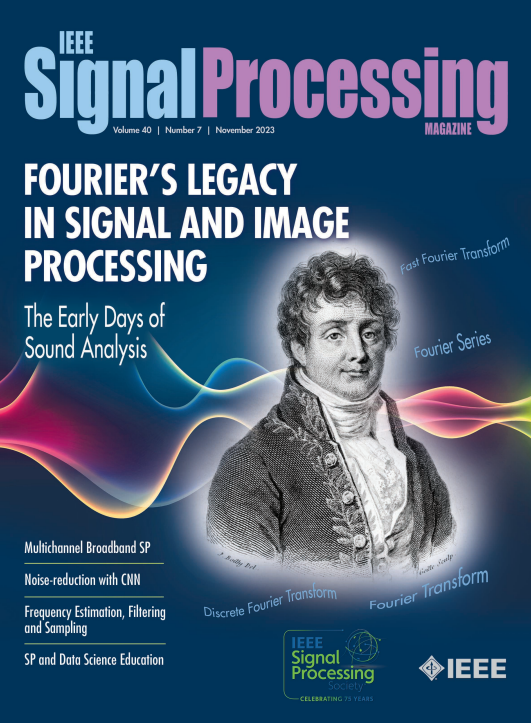随机信号线性估计的判别与生成学习[课堂讲稿]
IF 9.4
1区 工程技术
Q1 ENGINEERING, ELECTRICAL & ELECTRONIC
引用次数: 0
摘要
信号处理中的推理任务通常以可靠的统计建模的可用性为特征,其中缺少一些特定于实例的参数。一种传统的方法使用数据来估计这些缺失的参数,然后基于估计的模型进行推断。或者,也可以利用数据直接学习端到端的推理映射。这些用于在推理中组合部分已知的统计模型和数据的方法与机器学习文献[1]、[2]中使用的生成和判别模型的概念有关,通常在分类器的上下文中考虑。本文章由计算机程序翻译,如有差异,请以英文原文为准。
Discriminative and Generative Learning for the Linear Estimation of Random Signals [Lecture Notes]
Inference tasks in signal processing are often characterized by the availability of reliable statistical modeling with some missing instance-specific parameters. One conventional approach uses data to estimate these missing parameters and then infers based on the estimated model. Alternatively, data can also be leveraged to directly learn the inference mapping end to end. These approaches for combining partially known statistical models and data in inference are related to the notions of generative and discriminative models used in the machine learning literature
[1]
,
[2]
, typically considered in the context of classifiers.
求助全文
通过发布文献求助,成功后即可免费获取论文全文。
去求助
来源期刊

IEEE Signal Processing Magazine
工程技术-工程:电子与电气
CiteScore
27.20
自引率
0.70%
发文量
123
审稿时长
6-12 weeks
期刊介绍:
EEE Signal Processing Magazine is a publication that focuses on signal processing research and applications. It publishes tutorial-style articles, columns, and forums that cover a wide range of topics related to signal processing. The magazine aims to provide the research, educational, and professional communities with the latest technical developments, issues, and events in the field. It serves as the main communication platform for the society, addressing important matters that concern all members.
 求助内容:
求助内容: 应助结果提醒方式:
应助结果提醒方式:


